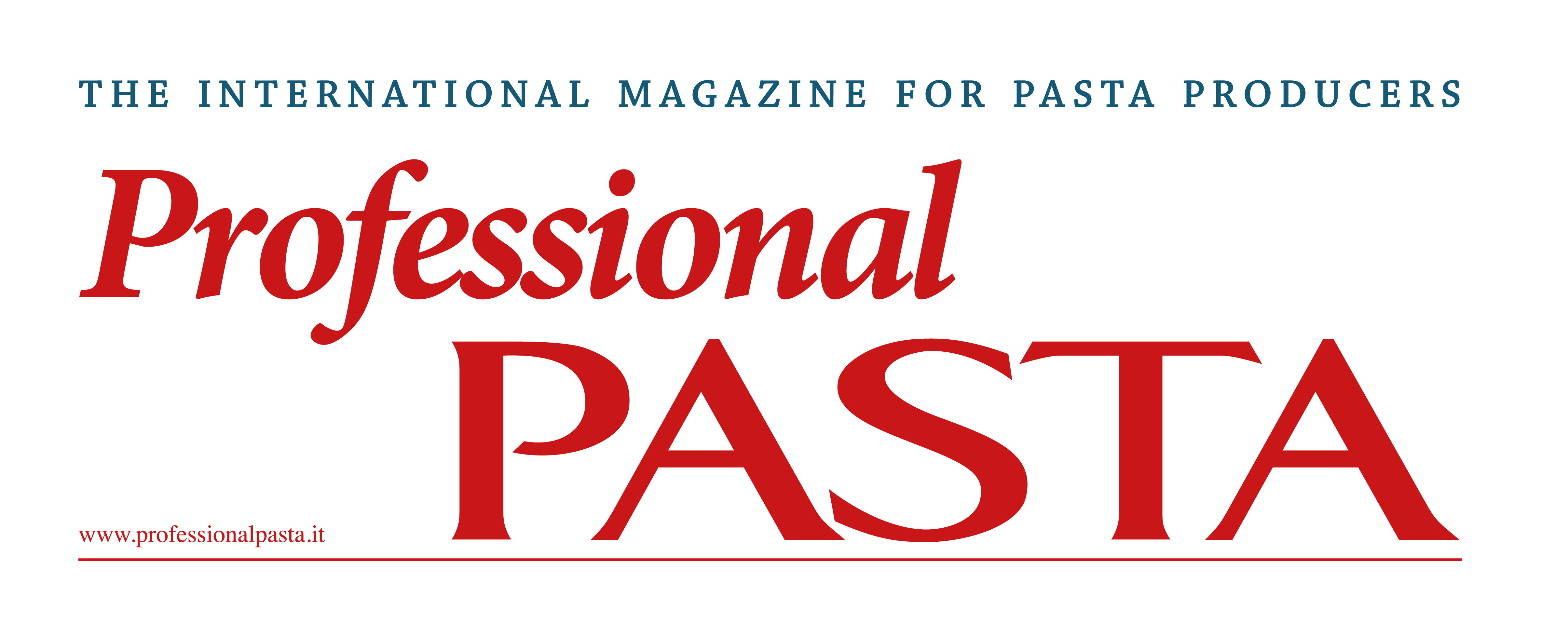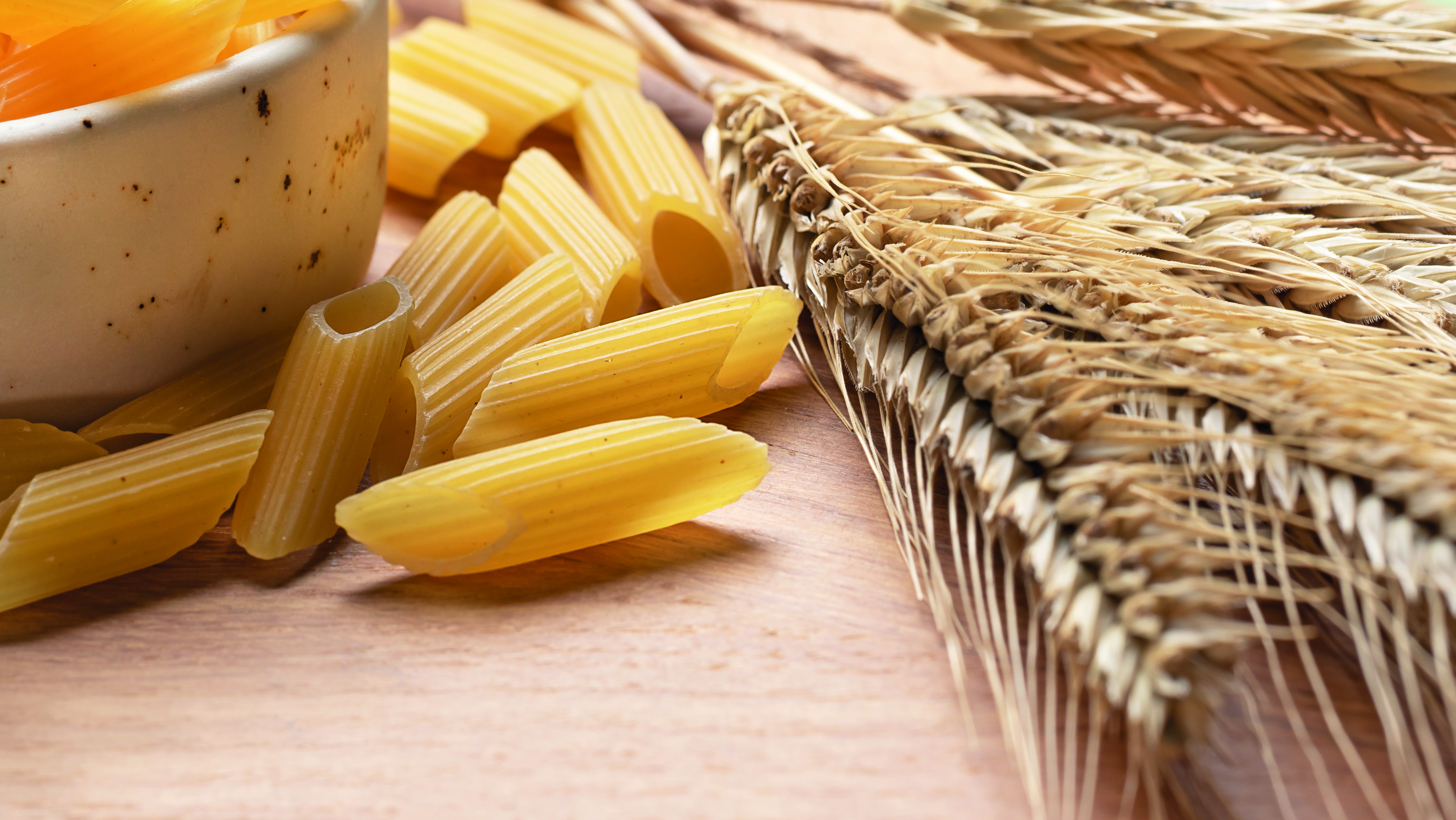The durum wheat between doubts and certainties towards 2023
The market we are going to experience in the coming months cannot ignore the past. Without looking too far back, the legacy of the 2021/22 crop year saw, for the third consecutive time, world production fall short of consumption, which is historically extremely tight for durum wheat. In particular, in 2021/22 the world harvest was at its lowest in 15 years due to the severe famine that hit the plains of the US and Canada, halving their harvests. A harvest of around 30 million tonnes, compared to “historical” consumption of around 35-38 million tonnes, has inevitably forced all users to reduce their consumption, down to the 32 million tonnes recorded in the latest USDA statistics, with countries being forced to use more soft wheat blends to guarantee their local production volumes.
Despite Covid and the Russian-Ukrainian conflict the king of cereals looks to the future with cautious optimism
Turkey, North Africa and even the US have reintroduced less severe limitations for other grains in their durum wheat recipes, recreating what had been recorded in 2007, with less emphasis on quantity back then due to adequate initial stocks.
The combination of small initial stocks as at June 2021 and the “default” of the US and Canada (production at 40-50% of historical levels) was the factor that led to a critical year for the entire sector – to put it mildy – with moments of great tension throughout the whole supply chain, from agricultural producers to mills and pasta factories; all with agreements and “forward” contracts in place and to be honoured in a market environment that, with the hope of a brighter 2021/22 compared to 2020/21, had decided to arrive at the end of the crop year with stocks close to zero.
Without a shadow of a doubt, the crop year that has just ended and which followed a 2020/21 characterised by Covid and extreme volatility in consumption, was marked by moments of serious shortage of supply and staggering if not dramatic price trends, to say the least. In August 2021 alone, when the Commodity Exchanges were closed, there was an increase of almost 100 €/tonne which on the Italy market “led to a spread” of around 260 €/tonne between June 2021 and June 2022, basically almost doubling durum wheat quotations compared to the close of the 2020/21 year, when low volatility in prices had been seen.
Subscribe to the magazine to read the full article








